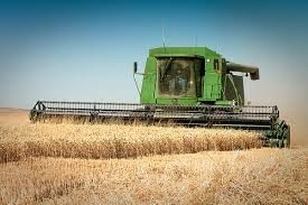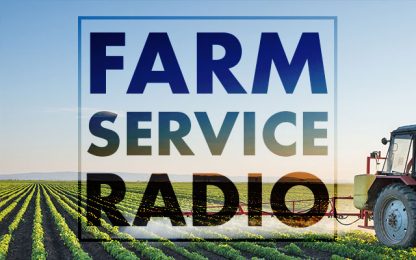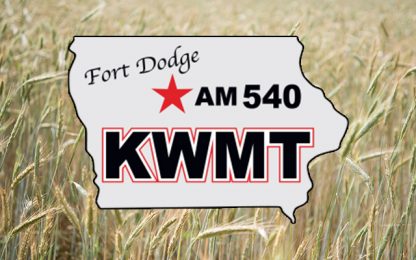Over One-Quarter Of Kansas Wheat Harvested

Hot temperatures and little rainfall opened the doors wide open for Kansas combines to haul in this year’s wheat crop, as well as encourage planting progress and crop development. This week’s Crop Progress report from USDA’s National Ag Statistics Service posted winter wheat harvest at 27 percent as of Sunday, 16 points ahead of a year ago and nine points better than the five-year average. 94 percent of wheat has colored and 70 are considered mature. 27 percent of the remaining crop is rated good to excellent, compared to 40 percent poor or very poor.
The weekly Crop Progress report also indicates that corn emergence has reached 93 percent, just shy of last year’s pace and the five-year average. Silking has begun with two percent of the crop in that stage. 55 percent of the crop is rated good to excellent, against 11 percent poor or very poor.
One in six soybeans planned for Kansas fields this year has yet to reach ground. That puts the state six points behind last year’s planting pace as well as the normal rate. 70 percent of the crop has emerged, down four points from last year and five behind normal. 63 percent of beans are rated good or excellent, while six percent are considered poor or very poor.
Sorghum planting is 72 percent complete, nine points behind a year ago and seven points off the five-year average. The first one percent of the crop has headed in the past week. 58 percent of the crop is in good to excellent condition, compared to seven percent poor or very poor.
One in eight cotton plants is squaring, six points behind last year but four points better than the five-year average. 39 percent of the crop is rated good to excellent, versus 17 percent poor or very poor.
Sunflower planting is just 59 percent complete, well behind last year’s 75 percent and the average pace of 72 percent.
43 percent of Kansas pastures and ranges were listed in good or excellent conditions, compared to 27 percent poor or very poor. Almost six and a half days were suitable for fieldwork. Topsoil moisture supplies were rated 45 percent short or very short, while subsoil moisture supplies were gauged at 44 percent short or very short. Three percent of each had a reported surplus.



